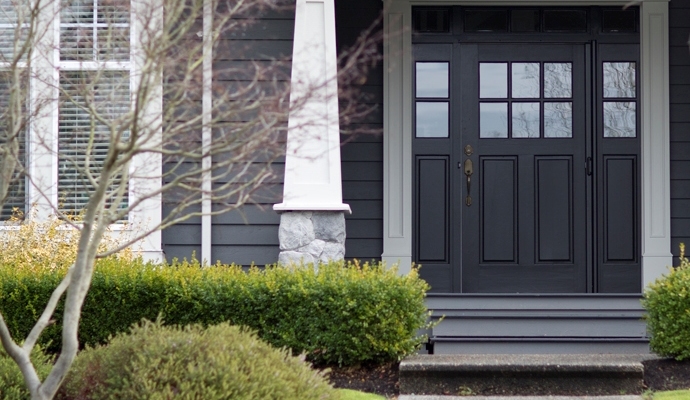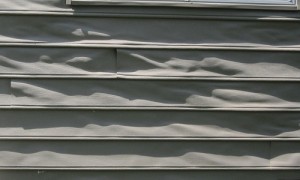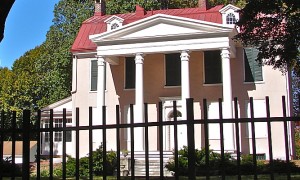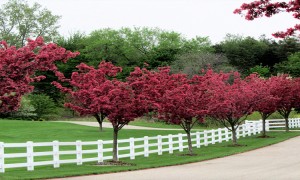Choose Your Home Exterior Wisely
Unlike the new carpeting you may dislike in a year, or the lighting fixture you end up replacing after moving in – you aren’t likely to change your home’s exterior as often. Be sure to get it right the first time.
First impressions and weather protection are the essential functions provided by your home exterior. So you’ll want to make your first choice count. Unlike selecting carpeting that you may decide you don’t like in a year, or changing a lighting fixture after you move in, replacing your home exterior is a major undertaking, so choose well.
What Not To Choose
If you hale from other parts of the country, you might be accustomed to wood or vinyl siding on houses. But when considering these options in the Las Vegas desert climate — don’t. Strong seasonal rains and wind, along with intense heat, mean wood will warp and deteriorate fast. Vinyl siding can develop sagging from the extreme desert temperatures.
Aluminum Siding
If you’re stuck on a siding option, consider aluminum siding. Unlike vinyl, it can maintain stability in extreme temperatures, and though aluminum can be subject to corrosion, that possibility lessens in a dry climate. The material also provides some insulating properties. Arguments against this choice for home exterior include the fact that it is prone to getting scratched or dented if anything hits against it. Also, you will need to clean, maintain, and eventually repaint it. Aluminum siding can also be costly and in rare instances, if electrical wiring touches an area of the home’s wall, the aluminum conducts electricity, leading to potential electric shock.
Synthetic Stucco
EIFS (Exterior Insulation and Finish Systems), commonly know as DryVit, offers a synthetic alternative to traditional stucco. EIFS is actually a multi-layered wall system consisting of:
- Polystyrene insulation board secured to the exterior wall,
- Base coat on top of the insulation with reinforced fiber mesh, and a
- Finish coat on top of the base coat for a durable, crack-resistant facade.
While EIFS is known to be highly energy efficient and also has the advantage of allowing for a high amount of design flexibility, this type of home exterior can have issues with moisture getting into and remaining trapped in wall cavities. Although the dry Las Vegas climate helps reduce the possibility of this defect, proper installation of EIFS remains crucial for preventing undue risk of such problems.
Stuck on Stucco
The overwhelming hands-down option favored in Las Vegas is stucco. This material holds up extremely well under desert climate conditions and shows up in virtually all new construction here. The stucco application process includes several steps.
- A vapor barrier wrap is applied over the wood frame.
- Metal sheathing further protects the home exterior.
- Styrofoam material (usually treated with mold & pest resistance) is applied in a wire mesh frame.
- A light concrete mixture covers all.
- Once the concrete is dry, up to three coats of paint are applied.
A layer of insulation gets installed or blown in during the construction process.
No matter what kind of exterior your home has, your choice of color depends largely on the allowable palette according to your HOA (Homeowners Association) standards, unless you’re in a neighborhood with no HOA. Generally, light desert tones work best with the environment and lend some of the cooling reflective properties desirable during hot temperatures. Some darker complementary tones prove attractive for moldings, doors and trim. Brick or stone accent walls can also provide a nice touch for your home exterior. It is more cost effective to rely on veneers for this look. If your new home is in an HOA community, your builder should know what’s permissible.
[cf]skyword_tracking_tag[/cf]




